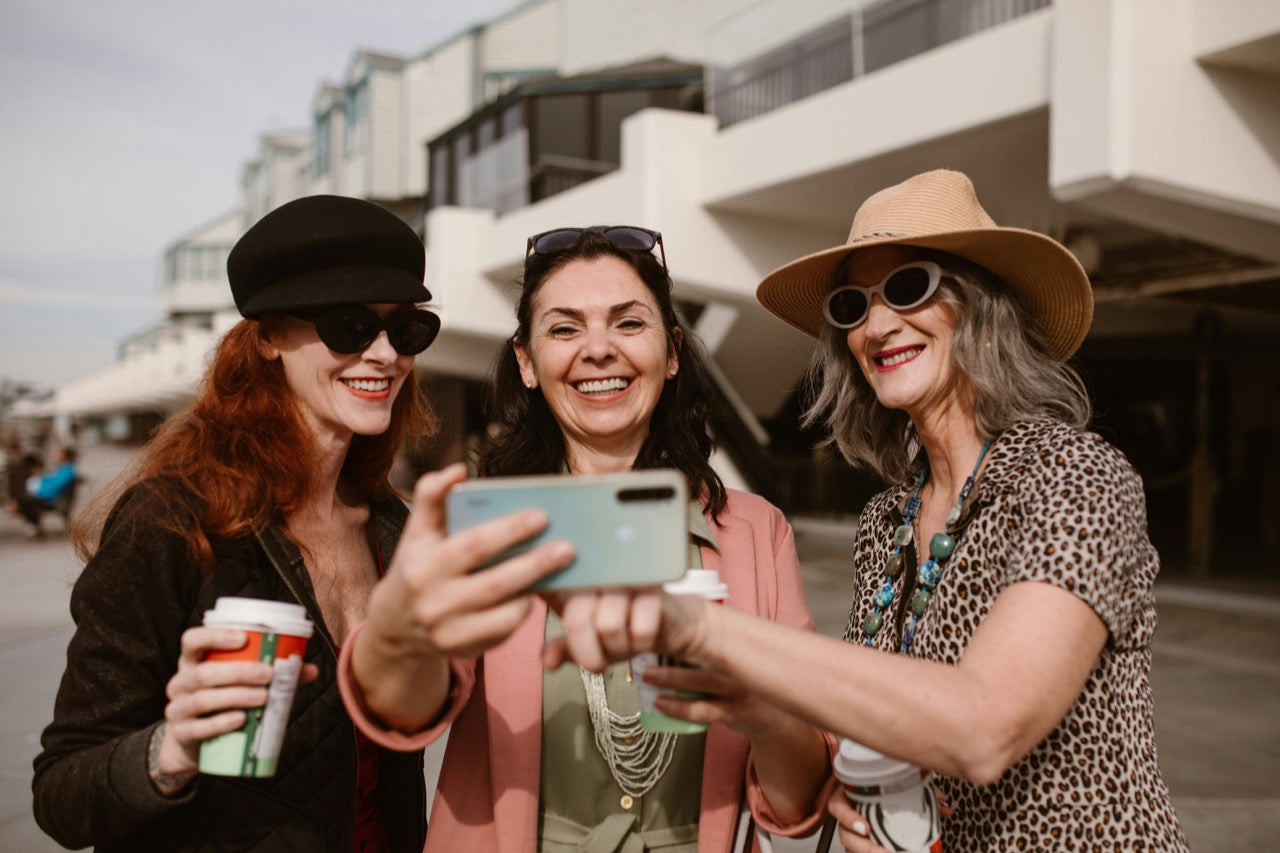Scientists have successfully restored the lost uricase enzyme, a key breakthrough in combating fructose-induced fat formation. This discovery offers new hope for preventing obesity and metabolic disorders by targeting how the body processes sugar and stores fat.
Limited Quantities Available! Order Today and Enjoy Free Shipping on Orders Over $100!
Why You Crave Sugar: The Hidden Causes Behind Your Sweet Tooth (and How to Stop It)

Ever feel like sugar has a hold on you?
You promise yourself just one bite, just one cookie… and suddenly you’re scraping the bottom of the pint or refreshing the pantry like it owes you something. You’re not alone. Millions of people struggle with sugar cravings, often blaming themselves for a lack of willpower.
But here's the truth: your body isn’t broken. It’s responding to signals — some subtle, some loud — telling it that something is off. And one of the loudest signals? Fructose.
Let’s unpack what’s really going on behind the scenes — and how to finally get those cravings under control.
The Craving Switch: How Fructose Triggers the Urge to Eat
We usually think of sugar cravings as a mental thing — a habit, a reward. But the real story starts deep in your cells.
When you eat fructose (especially from soda, juice, desserts, or ultra-processed foods), your liver quickly converts it using an enzyme called fructokinase. This kicks off a reaction that depletes cellular energy (ATP) and increases uric acid, which the brain interprets as a fuel shortage.
“This reaction induces ATP depletion and causes the activation of AMP deaminase, purine degradation and uric acid generation.”
— Russo et al., Int J Mol Sci 2020 PMC
That’s right — fructose flips a switch in your body that mimics starvation, even when you’re well-fed. The result? You feel tired, foggy, and suddenly on the hunt for more sugar.
This “low-power mode” effect is a key driver of modern cravings — and though the science is still emerging, it’s beginning to reshape how we think about energy balance and appetite.
Why Am I Craving Sweets? It’s Not Just the Sugar

Fructose may be the spark, but it doesn’t act in isolation — it threads through nearly every system that governs hunger and satiety.
1. Hormonal Imbalances (Often Amplified by Fructose)
- Insulin resistance makes it harder for cells to take in glucose. Fructose contributes by increasing liver fat, inflammation, and uric acid — all of which impair insulin signaling.
- Leptin resistance means your brain doesn’t get the “I’m full” message. Fructose lowers leptin production and blunts the hypothalamic response to it.
- High cortisol (from stress) increases appetite, especially for quick carbs. Fructose may elevate cortisol responses, particularly when paired with sleep loss or chronic inflammation.
“Chronic fructose consumption induces leptin resistance prior to body weight, adiposity, serum leptin, insulin, or glucose increases, and this fructose‑induced leptin resistance accelerates high‑fat‑induced obesity.”
— Shapiro et al., Am J Physiol 2008 PubMed
2. Gut Microbiome Imbalance
Your gut is home to trillions of bacteria — and some of them thrive on sugar. When they dominate, they can actually send signals to your brain that increase cravings. A high-fructose, low-fiber diet shrinks microbial diversity and feeds the wrong species — leaving you more prone to sweet-seeking behavior.
3. Nutrient Deficiencies
Lacking key nutrients like magnesium, zinc, chromium, and B vitamins can throw off blood sugar regulation and appetite control. Many high-sugar diets are also low in nutrients, creating a cycle of deficiency and desire.
4. Sleep & Circadian Disruption
Poor sleep raises ghrelin (your hunger hormone), lowers leptin, and increases reward sensitivity to food. Fructose may further disrupt circadian rhythm signaling in both the liver and brain, worsening late-night hunger and metabolic confusion.
Check Out - Energy Crashes & Brain Fog? How Blood Sugar Imbalances & Drain Your Stamina
How to End Sugar Cravings (Without Going Cold Turkey)

The good news? Once you understand what’s driving your cravings, you can start addressing the root causes — not just suppressing symptoms.
1. Target Fructose First
Skip soda, fruit juice, sweetened yogurts, and processed snacks high in high-fructose corn syrup. Whole fruit is fine — the fiber buffers the fructose.
Want to go further? Studies suggest certain flavonoids like luteolin can inhibit fructokinase — the enzyme that drives fructose metabolism. By easing the ATP drain, you reduce the energy shortfall and naturally dampen cravings. (We use luteolin and tart cherry extract together in Sugarshield for this reason.)
2. Balance Every Plate
Build meals around protein, fiber, and healthy fat to stabilize blood sugar and stretch satiety. For example: eggs with avocado and greens, or salmon with lentils and broccoli.
3. Support Your Gut
Feed the right bacteria with prebiotic-rich foods (like garlic, leeks, and asparagus) and fermented options (like yogurt, kefir, kimchi). A healthy microbiome helps turn off the craving loop.
4. Rebuild Nutrient Stores
Focus on foods rich in magnesium (pumpkin seeds, spinach), zinc (shellfish, beef), and chromium (broccoli, oats). These help restore insulin sensitivity and neurotransmitter balance.
5. Interrupt the Stress-Craving Loop
Next time you feel a craving coming on, take 10 slow breaths, go for a brisk walk, or splash cold water on your face. These “pattern interrupters” help lower cortisol without needing sugar as a crutch.
6. Prioritize Sleep
Aim for 7–9 hours per night, ideally with a consistent bedtime. Even one good night of sleep can improve appetite control the next day.
Also Read - End Sugar Cravings and Break the Sugar Habit
Final Thoughts: Cravings Aren’t Just About Willpower
If you’ve been stuck in the cycle of craving, indulging, crashing, and craving again — it’s not because you’re weak. It’s because your body is reacting to deep biochemical signals — many of them tied to fructose metabolism.
But you can flip the switch in the other direction.
You can restore balance.
And you can take back control — not by forcing it, but by working with your body.
Start with the root, and the rest gets easier.
Disclaimer: The information in this blog reflects personal opinions, experiences, and emerging research. It is not intended as medical or professional advice and should not replace consultation with qualified professionals. The accuracy of this content is not guaranteed. Always seek guidance from a licensed expert before making any health-related decisions.


Chris | 🔬 Founder of LIV3 Health
⚡ A keen researcher dedicated to uncovering the root causes of metabolic dysfunction, the key driver of chronic conditions behind 70% of global deaths. His findings led to science-backed, natural solutions designed to inhibit fructose metabolism.
📢 Follow me on Reddit for insights on metabolic health and the future of wellness! -






